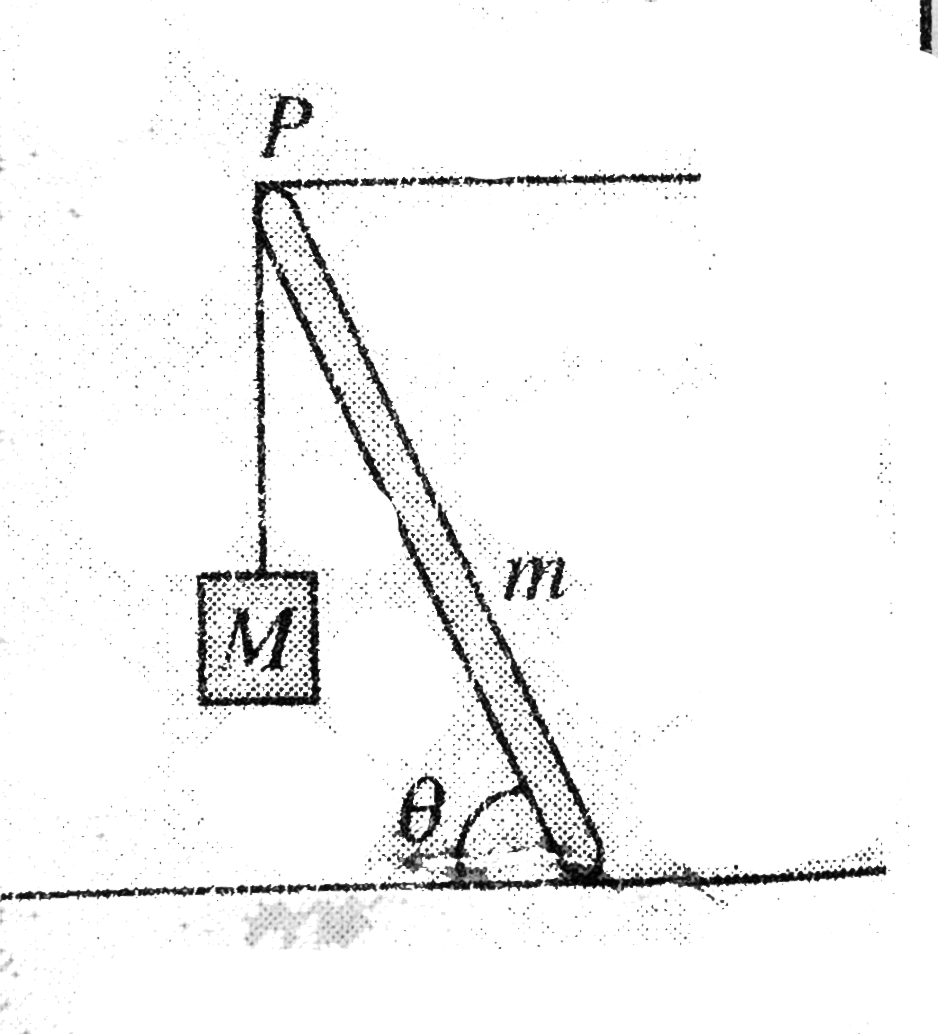Occurrence of a single ovule in an overy towards the upper end of its cavity produces a placentation called
Basal
Apical
Marginal
Parietal
The correct Answer is:B
To solve the question regarding the occurrence of a single ovule in an ovary towards the upper end of its cavity, we will analyze the options provided and identify the correct type of placentation.
1. Understanding the Question: The question asks about the type of placentation that occurs when there is a single ovule located at the upper end of the ovary's cavity.
2. Reviewing the Options:
- Basal: In basal placentation, the ovule is located at the base of the ovary.
- Apical: In apical placentation, the ovule is situated at the top (upper end) of the ovary.
- Marginal: In marginal placentation, the ovule develops along the ridge on the ventral side of the ovary.
- Parietal: In parietal placentation, the ovules are attached to the walls of the ovary.
3. Identifying the Correct Option: Since the question specifies that the ovule is located towards the upper end of the cavity of the ovary, we can conclude that this matches the definition of apical placentation.
4. Final Answer: Therefore, the correct answer to the question is apical.
- Basal: In basal placentation, the ovule is located at the base of the ovary.
- Apical: In apical placentation, the ovule is situated at the top (upper end) of the ovary.
- Marginal: In marginal placentation, the ovule develops along the ridge on the ventral side of the ovary.
- Parietal: In parietal placentation, the ovules are attached to the walls of the ovary.
Topper's Solved these Questions
Similar Questions
Knowledge Check
Assertion:The placentation in which the placenta forms a ridge along the ventral suture of ovary and ovules are borne on this ridge forming two rows is called parietal placentation.
Reason:The marginal placentation has ovules developed on the inner wall of the ovary or on peripheral part.AIf both assertion and reason are true and reason is the correct explanation of assertion.BIf both assertion and reason are true but reason is not the correct explanation of assertion.CIf assertion is true but reason is false.DIf assertion and reason are false.
When offspring is produced by a single parent with or without the involvement of gamete formation, the reproduction is called
View SolutionA uniform beam of mass m is inclined at an angle θ to the horizontal. Its upper end produces a ninety degree bend in a very rough rope tied to a wall, and its lower end rests on a rough floor (a) If the coefficient of static friction between beam and floor is μs determine an expression for the maximum mass M that can be suspended from the top before the beam slips. (b) Determine the magnitude of the reaction force at the floor and the magnitude of the force exerted by the beam on the rope at P in terms of m,M and μs
 .
.
View SolutionIn unilocular ovary with a single ovule the placentation is
View SolutionIn unilocular ovary with a single ovule the placentation is
View SolutionIn unilocular ovary with a single ovule the placentation is
View SolutionA: Orthotropous ovule has micropyle at the upper end.
R: Ovule is also called megasporangium.
View SolutionThe one end of a 20 m long ladder is on the floor and the other end is in the contact of vertical wall. Its lower end slides on the floor. Show that the rate of sliding of the upper end is 4/3 times the rate of sliding the lower end when the lower end is 16 m away from the wall.
View Solution
